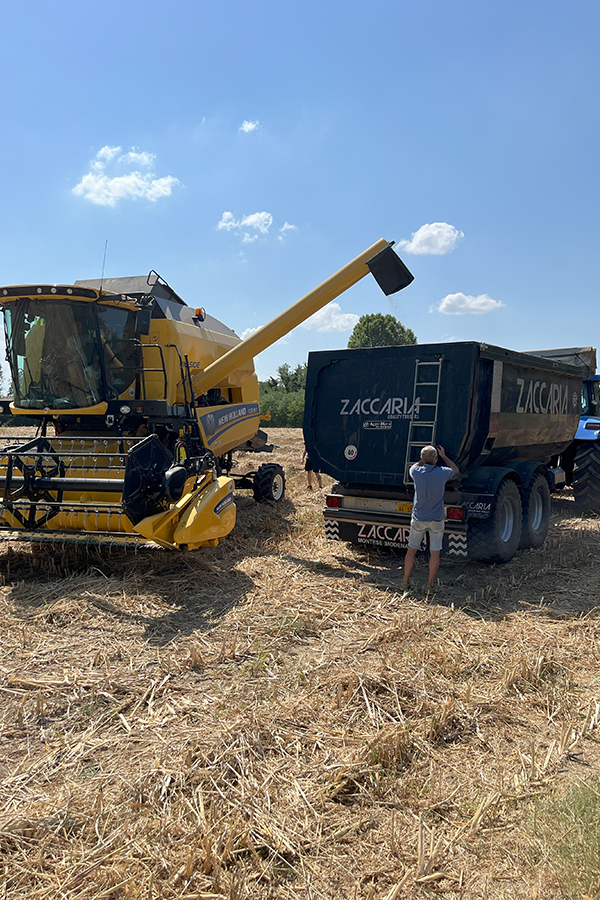
Allow us to introduce you to your new favourite cooking staple”, the South Tyrolean company Dr Schär, which produces food for special nutritional needs, boasts on its website. The secret ingredient? “Sorghum.”
While the company has been using the grain for years in its gluten-free breads, pastas and other essentials, it’s still a rare sight in most European pantries, regardless of the nutrition it packs. Just as rare, these days, is the way the company sources it.
Some three hours south, in Italy’s Emilia-Romagna region, a test farm belonging to the University of Bologna started experimenting with millets and white sorghum back in 2010. Today it’s one of the company’s key suppliers, making for an unusually short value chain from farm to consumer.
“The partnership with Dr Schär allows us to have supply chain guidance at all stages, from planning to harvesting,” says Stefano Vecchi, manager at the Azienda Agraria dell’ Università di Bologna – or AUB farm for short. “And at the same time [we can] organize agronomic research projects in the field.”
And that’s a win for others too, says Vecchi.
“Over the years, we have been able to disseminate the best possible techniques among those working in the sector, so that other farmers could also benefit.”
He first started growing sorghum as a way to increase crop rotation. But getting the most out of it proved to be a challenge, recalls Vecchi.
Through trial and error, his team saw that the crops needed more space to grow, and they finally settled on 70cm rows, which reduces weed infestations and helps the crop withstand water stress. Finding the perfect sowing window was another hurdle, he remembers.
Once the farm entered into a contract to supply Dr Schär in 2013, particular care also had to be taken in managing gluten contamination: all the machinery is meticulously cleaned before it gets into contact with the sorghum.
Beyond the knowledge he shares, “The production chain with the company has also given hope and motivation to neighboring farms,” he says.
Italy’s statistics service lists Emilia-Romagna as the biggest sorghum-producing region in the country – more than half of the 36 000 ha planted last year were grown here. This also leaves plenty of untapped potential in other regions, particularly the south, where sorghum is among the few crops that can cope with recurring water problems.
Ultimately, for Vecchi and his team the partnership is fulfilling on a simpler level too: “Handing over the harvested sorghum for processing into food makes us proud,” he says.